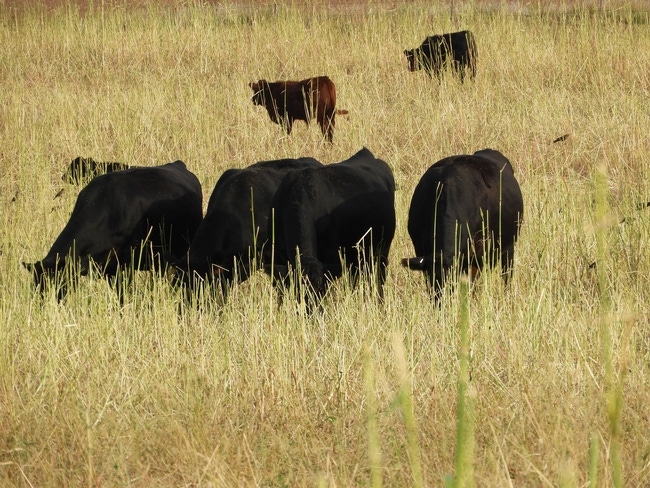Grazing websites pair landowners with livestock managers
Farmers can find livestock to graze crop residue or cover crops, while ranchers can rest pastures and rangeland and reduce feed costs by finding farmers with cropland to graze.
October 20, 2020

Efforts are underway in California and South Dakota to connect landowners with livestock managers for their mutual benefit, such as improved soil health, increased profitability and reduced spread of wildfire, according to an announcement from University of California Agriculture & Natural Resources (UCANR).
The University of California Cooperative Extension (UCCE) has launched Match.Graze, a map-based website designed to help livestock owners find pasture, rangeland, cover crops or crop residue available for grazing and help landowners find cattle, sheep, goats and other livestock to graze their land, UCANR said.
Farmers can increase the organic matter in their soil and reduce their fertilizer costs by allowing livestock to graze crop residue or cover crops on their land, UCANR said.
Nick Jorgensen, chief executive officer of Jorgensen Land & Cattle in Ideal, S.D., said grazing every acre allows his operation to increase soil organic matter by up to 0.75% per year and cut fertilizer costs by $50 per acre with no yield loss.
Livestock managers can rest their pastures and reduce their feed costs by seeking out crop residue, cover crops and additional pasture or rangeland for their livestock to graze, UCANR said.
Jorgensen noted that his feed and manure management costs are reduced as much as $2 per head per day when cattle graze on all crop and cover crop acres.
Grazing is also a cost-effective way to reduce the accumulation of fire fuels on the landscape, which helps slow the spread of wildfires.
“Every property is different and requires thoughtful consideration of how it should best be grazed,” said Stephanie Larson, director of UCCE in Sonoma County, Cal., as well as UCCE livestock and range management advisor and co-creator of the livestock-land matchmaking service.
California landowners and livestock managers can visit MatchGraze.com, set up a free account, create a pin on the map and find a grazing partner.
The California website is based on the South Dakota Grazing Exchange, the original site launched by the South Dakota Soil Health Coalition, with work supported by the U.S. Department of Agriculture's Natural Resources Conservation Service.
Many farms in South Dakota have moved away from livestock to focus on row crops. However, increased diversity and incorporating livestock are two key principles for good soil health management.
At www.sdgrazingexchange.com, farmers can find livestock to graze their crop residue or cover crops in order to capture the soil health benefits for their cropland without having to own livestock, UCANR said. Similarly, ranchers can give their pastures and rangeland a rest and reduce their feed costs by finding farmers with cropland to graze.
The Match.Graze and South Dakota Grazing Exchange websites are not limited to California and South Dakota; users from anywhere in the U.S. can create accounts on either website and advertise their land and livestock.
It's a win-win when landowners partner with ranchers to keep livestock on the landscape, so the South Dakota Soil Health Coalition will work to help other states create grazing exchange websites and connect to the maps and users of Match.Graze and the South Dakota Grazing Exchange.
You May Also Like



